Author Photo And Bio
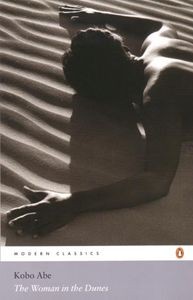 1. The Woman in the Dunes by Kobo Abe (1962). (See Kathryn's appreciation below.)
1. The Woman in the Dunes by Kobo Abe (1962). (See Kathryn's appreciation below.)
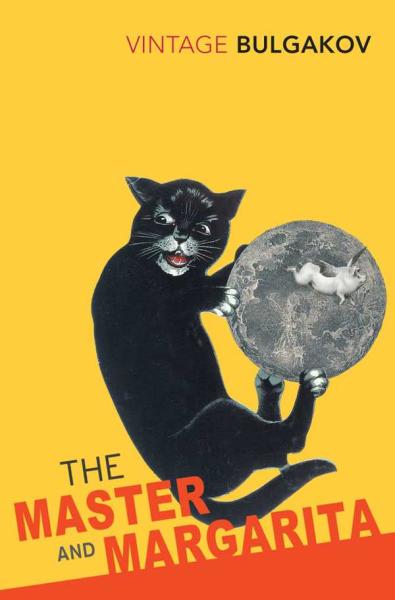 2. The Master and Margarita by Mikhail Bulgakov (1966). Bulgakov reshaped his experience of Stalinist censorship into a surreal fable featuring three characters: an unnamed author (the Master) whose accusatory fiction is denied publication, his self-sacrificing married lover (Margarita), and the incarnation of Satan (Woland), who simultaneously orchestrates and interprets their destinies. The ambiguity of good and evil is hotly debated and amusingly dramatized in this complex satirical novel about the threats to art in an inimical material world and its paradoxical survival (symbolized by the climactic assertion that “manuscripts don’t burn”).
2. The Master and Margarita by Mikhail Bulgakov (1966). Bulgakov reshaped his experience of Stalinist censorship into a surreal fable featuring three characters: an unnamed author (the Master) whose accusatory fiction is denied publication, his self-sacrificing married lover (Margarita), and the incarnation of Satan (Woland), who simultaneously orchestrates and interprets their destinies. The ambiguity of good and evil is hotly debated and amusingly dramatized in this complex satirical novel about the threats to art in an inimical material world and its paradoxical survival (symbolized by the climactic assertion that “manuscripts don’t burn”).
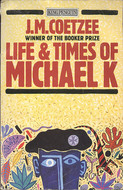 3. Life & Times of Michael K by J. M. Coetzee (1983). A retarded, nearly mute, harelipped man goes native in a South Africa torn by civil war, living off the land before being picked up and passed among institutions. The echo of Kafka in this controversial novel’s title is deliberate: Michael K is caught in a fundamental life trap, embodying both the yearning to be free of language and politics and the impossibility of doing so.
3. Life & Times of Michael K by J. M. Coetzee (1983). A retarded, nearly mute, harelipped man goes native in a South Africa torn by civil war, living off the land before being picked up and passed among institutions. The echo of Kafka in this controversial novel’s title is deliberate: Michael K is caught in a fundamental life trap, embodying both the yearning to be free of language and politics and the impossibility of doing so.
 4. David Copperfield by Charles Dickens (1849–50). Dickens’s most autobiographical novel chronicles his hero’s ever-changing fortunes, beginning with his famous opening line, “I am born.” As a boy, David is swept between school and the workhouse; later, between the law and literature; and then between his vapid wife Dora and his true love Agnes. Ingratiating Uriah Heep, talented Mr. Micawber, devoted nurse Peggoty, and willing Barkis are some of the most memorable characters in the entire Dickens canon.
4. David Copperfield by Charles Dickens (1849–50). Dickens’s most autobiographical novel chronicles his hero’s ever-changing fortunes, beginning with his famous opening line, “I am born.” As a boy, David is swept between school and the workhouse; later, between the law and literature; and then between his vapid wife Dora and his true love Agnes. Ingratiating Uriah Heep, talented Mr. Micawber, devoted nurse Peggoty, and willing Barkis are some of the most memorable characters in the entire Dickens canon.
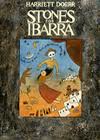 5. Stones for Ibarra by Harriet Doerr (1984). Seeking renewal, Richard and Sara Everton leave San Francisco for a remote village in Mexico. There they hope to reopen Richard’s grandfather’s old mine, to “patch the present on to the past. To find out if there was still copper underground and how much the rest of it was true, the width of the sky, the depth of the stars, the air like new wine, the harsh noons and long, slow dusks.” In lovely, spare prose, this National Book Award–winning novel describes the Evertons’ flowering relationships with the vividly drawn people of Ibarra and the deadly illness that hovers over their happiness.
5. Stones for Ibarra by Harriet Doerr (1984). Seeking renewal, Richard and Sara Everton leave San Francisco for a remote village in Mexico. There they hope to reopen Richard’s grandfather’s old mine, to “patch the present on to the past. To find out if there was still copper underground and how much the rest of it was true, the width of the sky, the depth of the stars, the air like new wine, the harsh noons and long, slow dusks.” In lovely, spare prose, this National Book Award–winning novel describes the Evertons’ flowering relationships with the vividly drawn people of Ibarra and the deadly illness that hovers over their happiness.
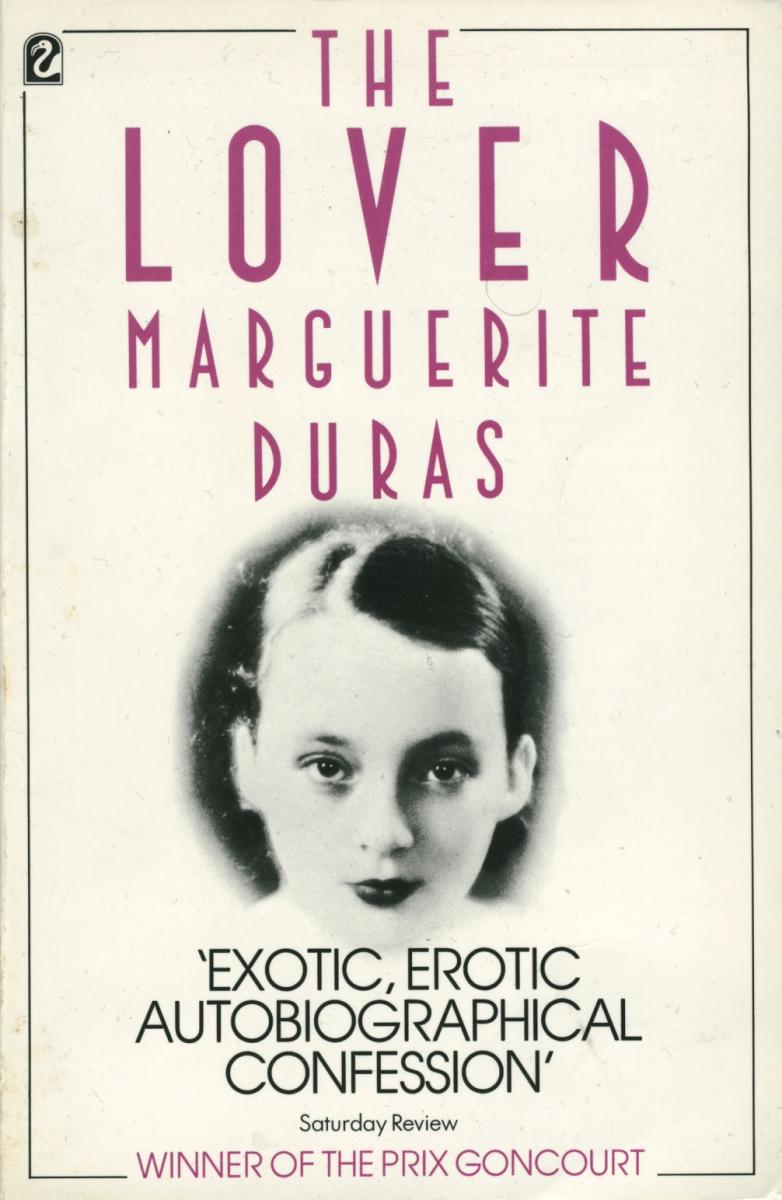 6. The Lover by Marguerite Duras (1984). This Prix Goncourt–winning work might now be considered an early “fictional memoir.” Drawn from Duras’s life in prewar Indochina, it tells the story of the ill-fated love between a young girl and her Chinese lover. Lyrical, imagistic, and structured in cumulative short passages, Duras combines the beautiful and the terrible in this slim, compelling novel.
6. The Lover by Marguerite Duras (1984). This Prix Goncourt–winning work might now be considered an early “fictional memoir.” Drawn from Duras’s life in prewar Indochina, it tells the story of the ill-fated love between a young girl and her Chinese lover. Lyrical, imagistic, and structured in cumulative short passages, Duras combines the beautiful and the terrible in this slim, compelling novel.
 7. Middlemarch by George Eliot (1871–72). Dorothea Brooke is a pretty young idealist whose desire to improve the world leads her to marry the crusty pedant Casaubon. This mistake takes her down a circuitous and painful path in search of happiness. The novel, which explores society’s brakes on women and deteriorating rural life, is as much a chronicle of the English town of Middlemarch as it is the portrait of a lady. Eliot excels at parsing moments of moral crisis so that we feel a character’s anguish and resolve. Her intelligent sympathy for even the most unlikable people redirects our own moral compass toward charity rather than enmity.
7. Middlemarch by George Eliot (1871–72). Dorothea Brooke is a pretty young idealist whose desire to improve the world leads her to marry the crusty pedant Casaubon. This mistake takes her down a circuitous and painful path in search of happiness. The novel, which explores society’s brakes on women and deteriorating rural life, is as much a chronicle of the English town of Middlemarch as it is the portrait of a lady. Eliot excels at parsing moments of moral crisis so that we feel a character’s anguish and resolve. Her intelligent sympathy for even the most unlikable people redirects our own moral compass toward charity rather than enmity.
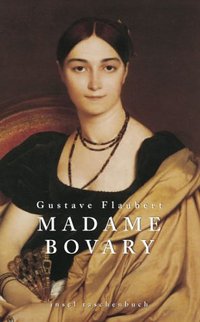 8. Madame Bovary by Gustave Flaubert (1857). Of the many nineteenth-century novels about adulteresses, only Madame Bovary features a heroine frankly detested by her author. Flaubert battled for five years to complete his meticulous portrait of extramarital romance in the French provinces, and he complained endlessly in letters about his love-starved main character — so inferior, he felt, to himself. In the end, however, he came to peace with her, famously saying, “Madame Bovary: c’est moi.” A model of gorgeous style and perfect characterization, the novel is a testament to how yearning for a higher life both elevates and destroys us.
8. Madame Bovary by Gustave Flaubert (1857). Of the many nineteenth-century novels about adulteresses, only Madame Bovary features a heroine frankly detested by her author. Flaubert battled for five years to complete his meticulous portrait of extramarital romance in the French provinces, and he complained endlessly in letters about his love-starved main character — so inferior, he felt, to himself. In the end, however, he came to peace with her, famously saying, “Madame Bovary: c’est moi.” A model of gorgeous style and perfect characterization, the novel is a testament to how yearning for a higher life both elevates and destroys us.
 9. Midnight’s Children by Salman Rushdie (1981). Years before The Satanic Verses, Rushdie had already won the Booker Prize for this reverential and blasphemous novel. Two babies born at the precise moment modern India came into existence —one Muslim, one Hindu —are then switched at birth and grow up in the other’s faith. Midnight’s Children sets a plot of comic-book proportions —people with superpowers too lazy to band together —against the backdrop of the subcontinent’s conflict-ridden history, the language and idioms of Rushdie’s youth careening against each other with madcap imagination and jolting fury.
9. Midnight’s Children by Salman Rushdie (1981). Years before The Satanic Verses, Rushdie had already won the Booker Prize for this reverential and blasphemous novel. Two babies born at the precise moment modern India came into existence —one Muslim, one Hindu —are then switched at birth and grow up in the other’s faith. Midnight’s Children sets a plot of comic-book proportions —people with superpowers too lazy to band together —against the backdrop of the subcontinent’s conflict-ridden history, the language and idioms of Rushdie’s youth careening against each other with madcap imagination and jolting fury.
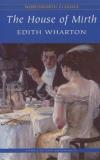 10. The House of Mirth by Edith Wharton (1905). Caught up in the web of old New York society, Lily Bart angles for a wealthy husband. Though presented with ample opportunity, the beautiful and well-connected Lily rejects one man after another as not rich enough, including her true love, Laurence Stern. When she becomes a hapless victim of her own ambition —blackmailed and wrongly accused of adultery —Lily is cast out of high society before making one final attempt to redeem herself.
10. The House of Mirth by Edith Wharton (1905). Caught up in the web of old New York society, Lily Bart angles for a wealthy husband. Though presented with ample opportunity, the beautiful and well-connected Lily rejects one man after another as not rich enough, including her true love, Laurence Stern. When she becomes a hapless victim of her own ambition —blackmailed and wrongly accused of adultery —Lily is cast out of high society before making one final attempt to redeem herself.
Appreciation of Kobo Abe’s The Woman in the Dunes by Kathryn Harrison
One day in August a man disappeared. The man was an entomologist and had set out into the desert with a canteen of water and a pack filled with the tools he used to collect specimens. It was his hope to discover an as yet unknown species of insect that lived in the sand dunes. Were he to find one, then he would be promised a kind of immortality: his name would be recorded and forever linked to the taxonomic identification of the bug—his bug.
Shifting sands, isolation, a quixotic attempt to defy mortal limits: even before the hero of Kobo Abe’s The Woman in the Dunes has missed the last bus out of the desert, the reader knows he is lost to an existential quest. Abe, trained as a medical doctor, writes as a clinician, dispassionately and with exactitude. In the dunes his hero, Niki Jumpei, falls captive to the enigmatic woman from whom he seeks shelter for a night. Having descended into the sand pit where the woman lives, Jumpei discovers that there’s no way out; he’s trapped in a sinister village where each citizen becomes Sisyphus. Every day Jumpei must join the inhabitants in their necessary work: shoveling away the sand that threatens to bury them and their homes.
"The Woman in the Dunes" transcends the form of allegory—often lifeless and didactic—to engage its readers to the point of discomfort. It’s a claustrophobic novel, subjecting us to Jumpei’s mounting panic as he begins to suspect that he will never leave the sand pit, that meaningless striving is his, and our, inescapable fate.